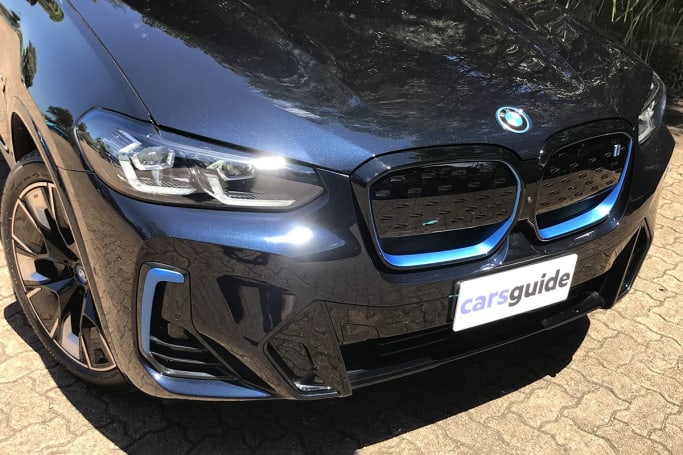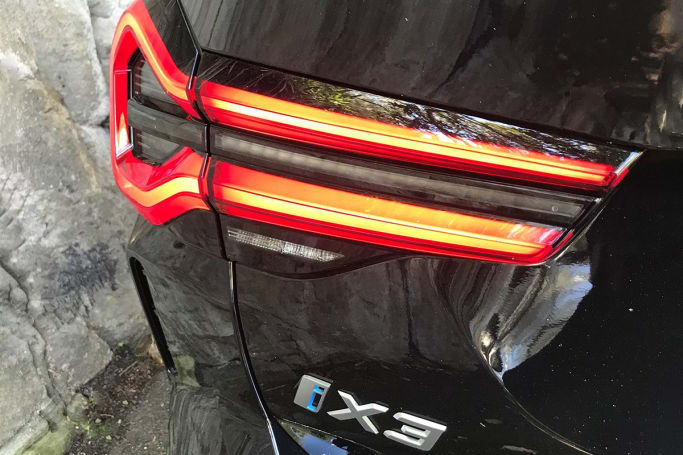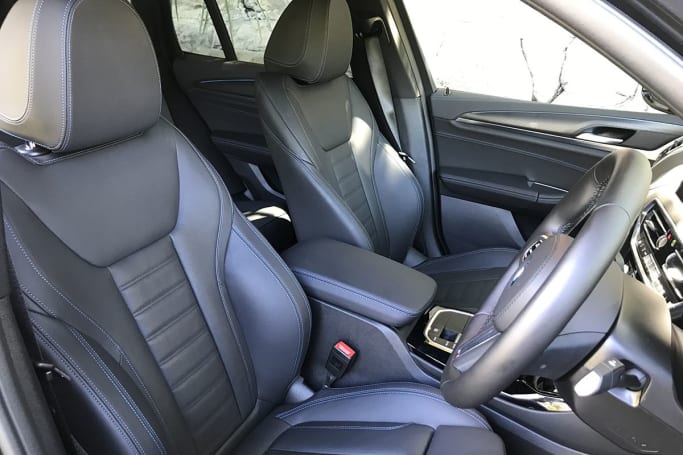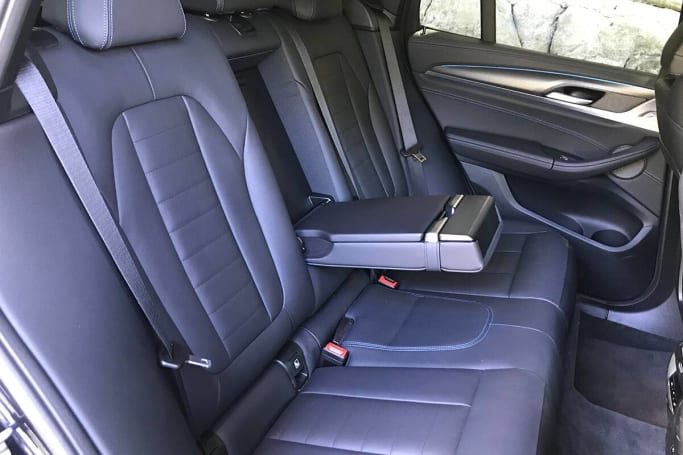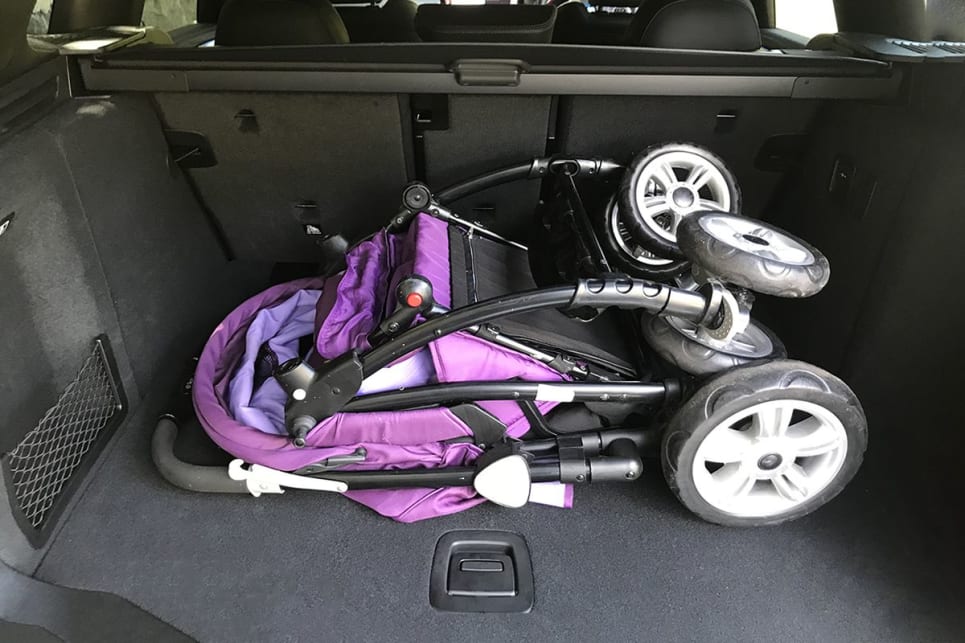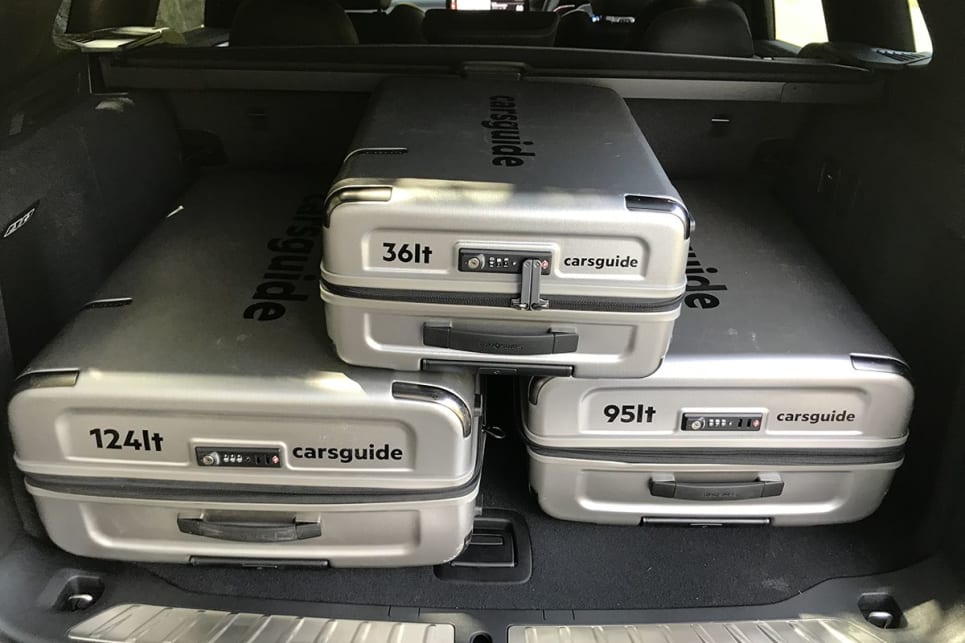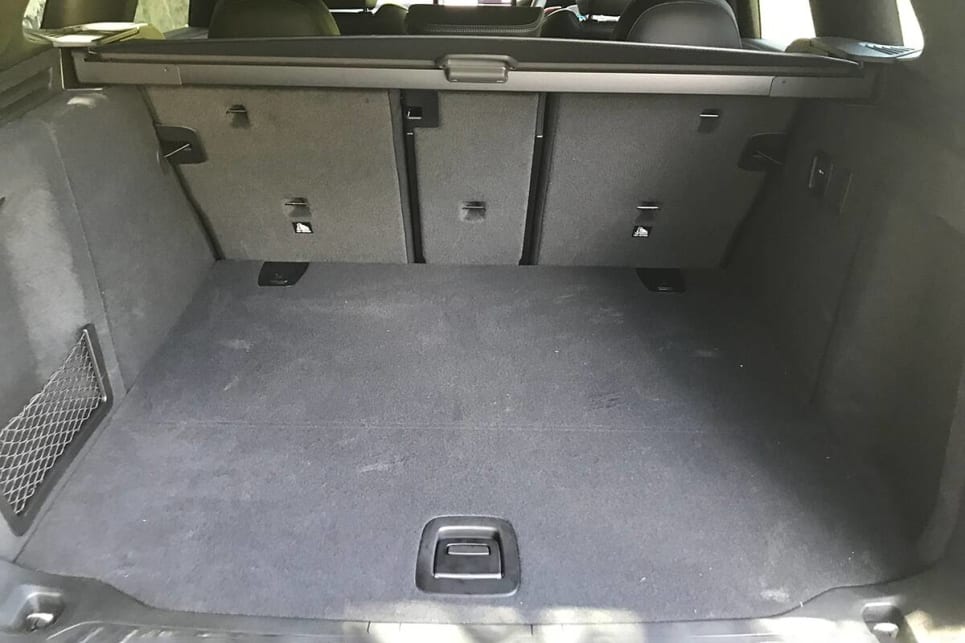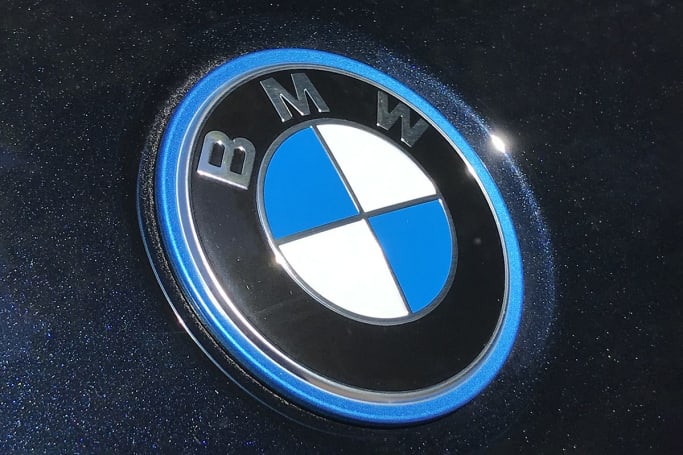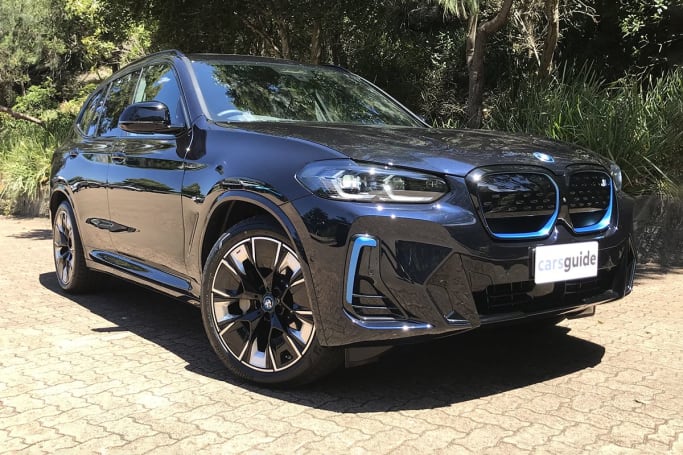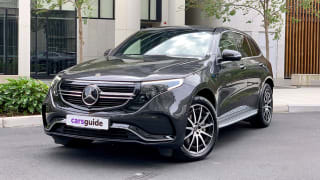Cost-of-entry to the BMW iX3 club is $114,900, before on-road costs, which is a match for the high-performance, six-cylinder powered X3 M40i at the top of the mainstream X3 range, with the bonkers X3 M another $45K above that.
For that money, aside from the performance and safety tech we’ll get to shortly, you should expect a lengthy standard features list, and the iX3 does well.
Standard are, adaptive LED headlights, adaptive suspension, 20-inch aero alloy wheels, keyless entry and start, an auto tailgate, three-zone climate control, active cruise, a head-up display, a 12.3-inch digital instrument screen, a 12.0-inch multimedia touchscreen, electrically-adjustable and heated front seats (memory function on driver’s side), leather trim (choice of three colours), rain-sensing wipers, Harman Kardon audio (16-speakers, 464W), ambient lighting, wireless Apple CarPlay and Android Auto, sat nav, a panoramic glass roof, wireless smartphone charging, and parking assistant.
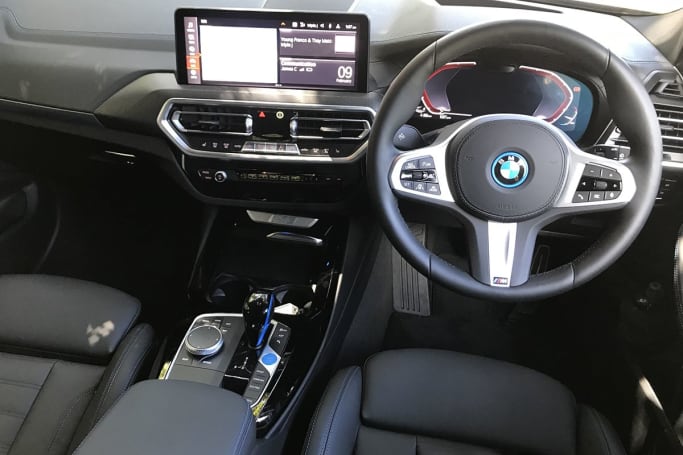
There’s also heated and folding exterior mirrors, metallic paint (six colour options), the ‘M Sport’ body kit (aero package with dark metallic exterior elements) BMW even stumps up for a five-year unlimited use subscription to the Chargefox network.
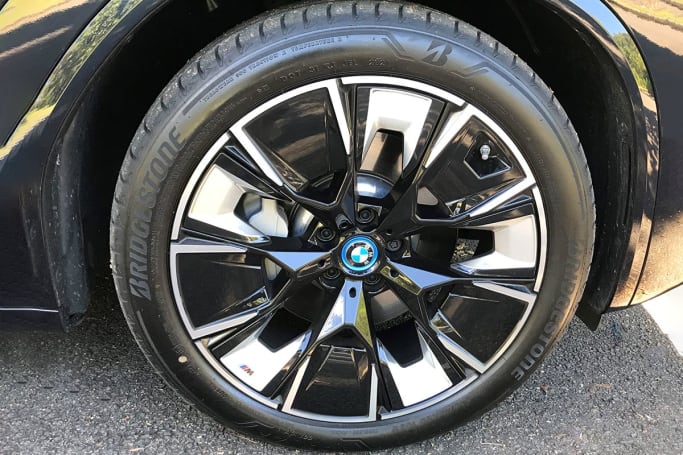
Yes, you heard that right. You can juice up free-of-charge for the first five years, and it’s worth noting the iX3’s claimed range, another important factor in terms of whole-of-life value, lines up well with its prime competitors (BMW iX3 - 460km / Audi e-tron - 446km / Jaguar I-Pace - 470km / Mercedes-Benz EQC - 434km).
Any way you cut it, the iX3 is a pretty sharp deal for the dollars.



